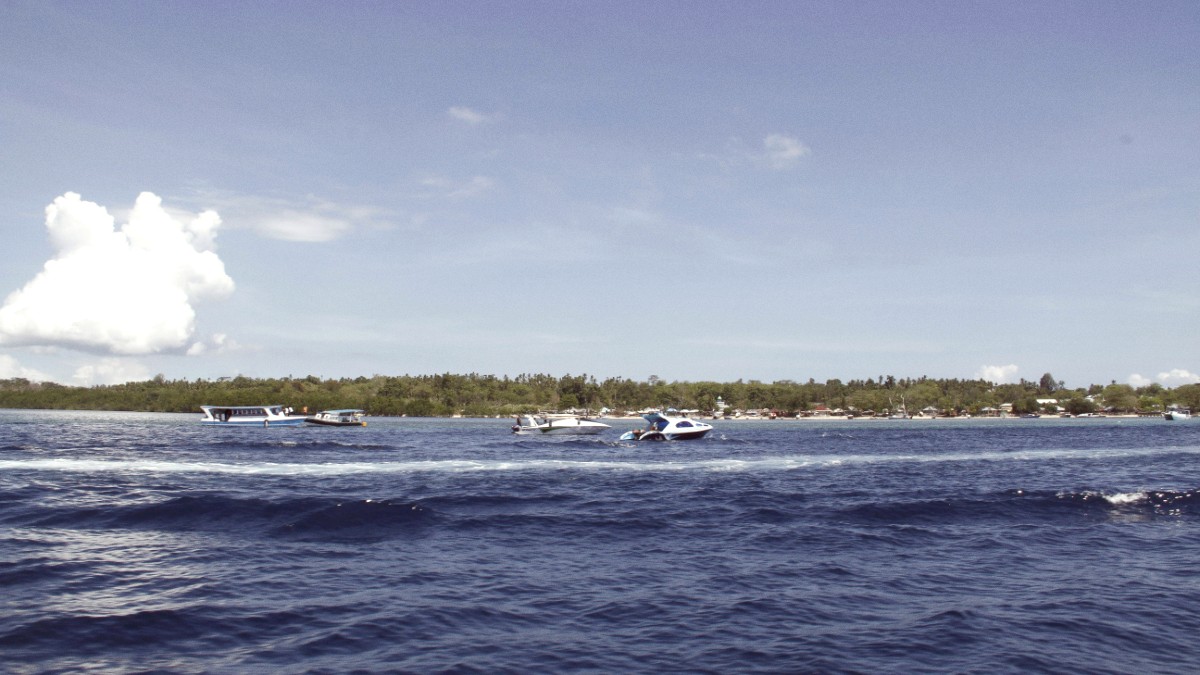
Sulawesi, Indonesia
Google Maps serves as a guide for navigation, finding points of interest, and local transport routes. Download offline maps for inconsistent internet areas.
Google Translate aids in language barriers. Download the Indonesian language pack for offline capabilities.
WhatsApp functions as a primary communication tool with locals, hotels, tour operators, and dive centers.
Download maps in advance to avoid connectivity issues.
Official Indonesian Immigration for e-VOA: Molina.imigrasi.go.id. Digital Customs Declaration: Ecd.beacukai.go.id.
Search reputable Bunaken dive centers directly (e.g., Two Fish Divers, Froggies Divers, Bunaken Oasis). Websites often contain detailed information on dive sites, packages, and logistics.
Searching "North Sulawesi Tourism" or "Manado Tourism" yields official information on attractions, events, and local regulations.
Follow local tourism accounts or specific dive shops on Instagram and Facebook. These platforms often provide current insights and updates.
Seek travel podcasts or YouTube channels featuring Indonesia, especially Sulawesi or diving destinations. These resources share personal travel stories and visual inspiration.
General guidebooks covering Indonesia often include a section on Sulawesi. Look for specific North Sulawesi or dedicated diving guides for in-depth information. Physical maps aid in regional understanding and function when phone battery dies.
"Indonesia Etc.: Exploring the Improbable Nation" by Elisabeth Pisani offers a modern and insightful perspective. "The Malay Archipelago" by Alfred Russel Wallace provides historical context on the region's biodiversity.
Local newspapers or tourist magazines (if available in English) might appear at hotels or the airport. These provide current event listings, local news, and additional insights into Manado life.
Dining at local Warungs and street food stalls presents flavorful and affordable meals, showcasing the authentic taste of Manado.
Prior to your trip, view a documentary on Bunaken National Marine Park's marine life. This supports species identification underwater and deepens appreciation for the park's biodiversity.
Note your hotel address and phone number on paper. This prevents issues if your phone battery depletes or digital information becomes inaccessible upon arrival.
Keep critical emergency contacts in your phone and on a separate physical paper, distinct from your main wallet or luggage.
Search for documentaries on Indonesian marine life (e.g., episodes from "Our Planet" focusing on coral reefs might feature Bunaken-like ecosystems).
Look for wildlife documentaries on Sulawesi to learn about tarsiers, macaques, and other endemic species.
Visual media provides contextual understanding of the region's natural wonders.
Explore traditional Minahasan music or contemporary Indonesian pop music.
Seek out local art if displayed in cafes or small galleries.
Listening to local music immerses you in the culture before you even arrive.
Join Facebook groups for "Indonesia travel," "Sulawesi travel," or "Diving Indonesia." These communities present excellent platforms to ask questions and read recent traveler experiences.
Forums provide opportunities to gather advice from people who have visited recently. Share your own experiences to contribute to the community knowledge base.
Seek travel podcasts or YouTube channels featuring Indonesia, especially Sulawesi or diving destinations. These resources offer personal travel stories, practical advice, and visual inspiration.
Prior to your trip, view a documentary on Bunaken National Marine Park's marine life. This supports species identification underwater and deepens appreciation for the park's biodiversity.